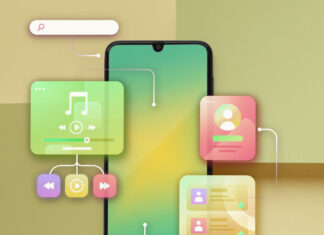When you purchase through links on our site, we may earn an affiliate commission. This doesn’t affect our editorial independence.
Microsoft DirectX Revolutionizes Graphics with Neural Rendering and Cooperative Vectors
Microsoft has announced a massive upgrade to its DirectX API, integrating neural rendering and cooperative vector support. This move will enable graphics processing units (GPUs) to leverage artificial intelligence (AI) capabilities, transforming graphical computation and unlocking new possibilities for more realistic and immersive graphics experiences.
Neural Rendering: The Future of Graphics
Neural rendering is an innovative technology that uses AI to predict and learn elements of the rendering process. This approach also allows for real-time processing of graphics, thereby making it a game changer for the industry. NVIDIA’s CEO, Jensen Huang, has emphasized more on the importance of neural rendering, and Microsoft’s update brings this technology to the forefront.
Cooperative Vectors: Accelerating AI Workloads
This optimization technique accelerates AI workloads, allowing for faster and more efficient processing of variable-sized data. Developers can leverage this feature to achieve optimal neural rendering output.
NVIDIA’s RTX 50 Series GPUs: Unlocking Neural Rendering Potential
Microsoft has validated that DirectX neural rendering and cooperative vector implementation will be supported by NVIDIA’s latest RTX 50 series GPUs. The onboard Tensor Cores will enable neural shaders, allowing developers to create AI-powered visualization, optimal path-tracing algorithms, and generate realistic images and objects more effectively.
Industry Collaboration: Seamless AI-Accelerated Graphics
This collaboration will enable AI-accelerated graphical computation to flow seamlessly, paving the way for more realistic and immersive graphics experiences.
A New Era for Graphics and AI
Microsoft’s DirectX update is a significant milestone in the convergence of graphics and AI. By integrating neural rendering and cooperative vector support, developers can create more realistic and graphic experiences, pushing the boundaries of what is possible in the world of graphics and AI.







